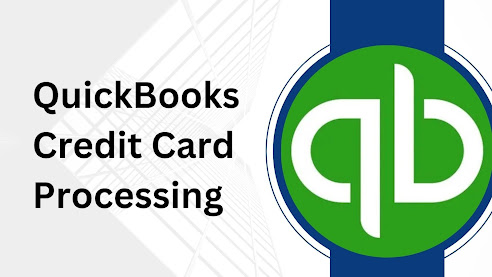Close Invoice in QuickBooks
Close Invoice in QuickBooks
When you send an invoice to a company, it is usually transferred to the accounting or accounts payable department, which is in charge of reviewing the invoice and processing payment. If your invoice has a fault, such as a missing invoice number or specific line items, it may be returned to you for reissue. The frequency with which your bills are paid is determined by the firm with whom you operate and your contract agreement. Some may take up to 90 days to receive payments, while others may handle payments promptly. When the department successfully processes your payment, the invoice will be recognized as paid and referred to as a "closed invoice." If you are searching for Close Invoice in QuickBooks, and facing a desktop login problem, you can explore our detailed article QuickBooks Desktop Login and much more.
1. In QuickBooks, what is the closing entry?
Closing entries are made at the end of the fiscal year to move the balance from the Earnings and Expenses accounts to Retained Earnings. The idea is to equal out your Revenue and Expenses finances, then add your financial year's net earnings to your Retained Earnings account.
2. How does one go about zeroing out an invoice?
Apply a credit note to an invoice to write it off. Oftentimes, you might have clientele who will no longer make repayments towards their invoices. You don't want to just apply an operational payment to pay off the invoice in this case because it will bias your operating account statistics.
3. In QuickBooks Online, how can I close an unpaid invoice?
Choose the invoice from the Special Transactions location. Choose the recognition message from the Credits team. Choose Save and Close. The uncollectible receivable is now shown on your Profit and Loss statement under the Bad Debts expense item.
4. What exactly is an open and closed invoice?
An open invoice (also known as an outstanding invoice) is simply one that has been issued by the seller/vendor but has not yet been paid (or fully paid) by the buyer/client. Once an invoice has been entirely processed and paid, it is called closed.
5. What is the distinction between a closed and a paid invoice?
When an invoice is paid in full, it is closed. The status, however, is Paid in Full rather than Closed. Invoices that are in the process of being paid cannot be modified.
6. In QuickBooks, how do I delete a closed invoice?
Select Invoices (Take me there) under Get Paid & pay. Find and select the invoice to be deleted. Select More at the bottom of the Invoice page, then Delete.
7. What are the two types of invoices that are on hold?
Invoices can be put on hold in two ways: "payment hold" and "approval hold." A payment hold indicates that payment for the invoice has been delayed or halted for a variety of reasons, such as a disagreement about the amount charged, the quality of goods or services delivered, or an error in the invoice.
8. What exactly is an open invoice?
An open invoice, also known as an outstanding invoice, is one that has been delivered by a vendor to a client but has not yet been paid. The open invoice is included in the customer's aged accounts payable summary until it is paid. The supplier includes in the invoice the aging of the accounts receivable till paid.
9. Which types of invoices can be canceled?
As a result, an e-invoice on the IRP can only be canceled within 24 hours. Furthermore, because partial cancellation is not feasible, the entire invoice must be canceled. The IRP cannot be used to make changes to an e-invoice.
10. What is the entire form of POS on an invoice?
A point of sale (POS) is a location where a customer makes a payment for products or services and where sales taxes may become due. A POS transaction can take place in person or online, with receipts created either on paper or electronically.
11. Is an invoice considered a journal entry?
When you share an invoice with a customer, you register it in the estimation diary as serial access. You can record the whole amount due from the invoice as a debit in the accounts receivable account for the journal entry. In the sales account, you also record the whole amount owed from the invoice as a credit.
12. What does ERP POS stand for?
Many modern organizations rely on enterprise resource planning (ERP) and point of sale (POS) technologies. These two terms are so extensively used and misunderstood that they can occasionally be confused with one another, You may find out more information about Quickbooks Online Login Problem on this page if you are seeking one.




Comments
Post a Comment